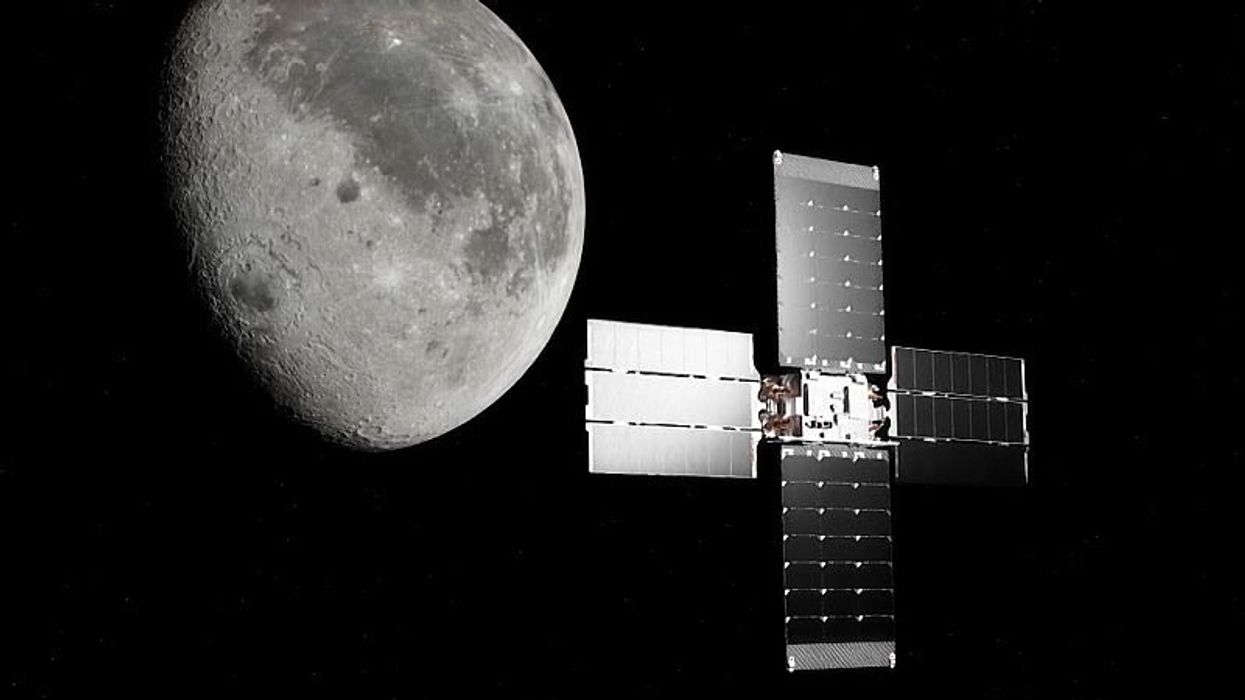Catherine Shuttleworth
Dec 15, 2023
NASA is sending this briefcase-sized spacecraft to orbit the Moon in search …
Euronews Business / VideoElephant
Two teams of astronomers led by scientists at Caltech, have discovered the largest reservoir of water ever detected in the universe. And it's 30 billion trillion miles away.
Yep, you read that correctly. The largest reservoir has been found in the cosmos, more specifically in a quasar, which is one of the brightest and most violent objects in the cosmos.
The mass of water vapour is at least 140 trillion times more than all of the water in the world's oceans combined.
Because the quasar is so far away, its light has taken 12 billion years to reach Earth. With the observations by the team revealing a time where the universe was just 1.6 billion years old.
Matt Bradford, a scientist at NASA' Jet Propulsion Laboratory (JPL), said: "The environment around this quasar is unique in that it's producing this huge mass of water.
"It's another demonstration that water is pervasive throughout the universe, even at the very earliest times."
A quasar is powered by a huge black hole that is consuming a surrounding disk of gas and dust; as it eats, the quasar spews out huge amounts of energy.
The discovery of water was not such a surprise, seeing as astronomers expect water vapour to be present even in the early universe. However, water vapour is an important trace gas that reveals the nature of the quasar.
This particular quasar showed water vapour being distributed around the black hole in a gas region spanning hundreds of light-years (a light-year is about six trillion miles). Its presence indicated that the gas is unusually warm and dense by astronomical standards.
According to astronomers, this discovery highlights the benefits of observing in the millimetre and submillimetre wavelengths. The field has developed rapidly over recent decades, and to reach the full potential of this line of research, the study authors are now designing CCAT, a 25-meter telescope to be built in the Atacama Desert in Chile. CCAT will allow astronomers to discover some of the earliest galaxies in the universe.
You can read both teams' papers here and here.
Sign up to our free Indy100 weekly newsletter
Have your say in our news democracy. Click the upvote icon at the top of the page to help raise this article through the indy100 rankings.
Top 100
The Conversation (0)














